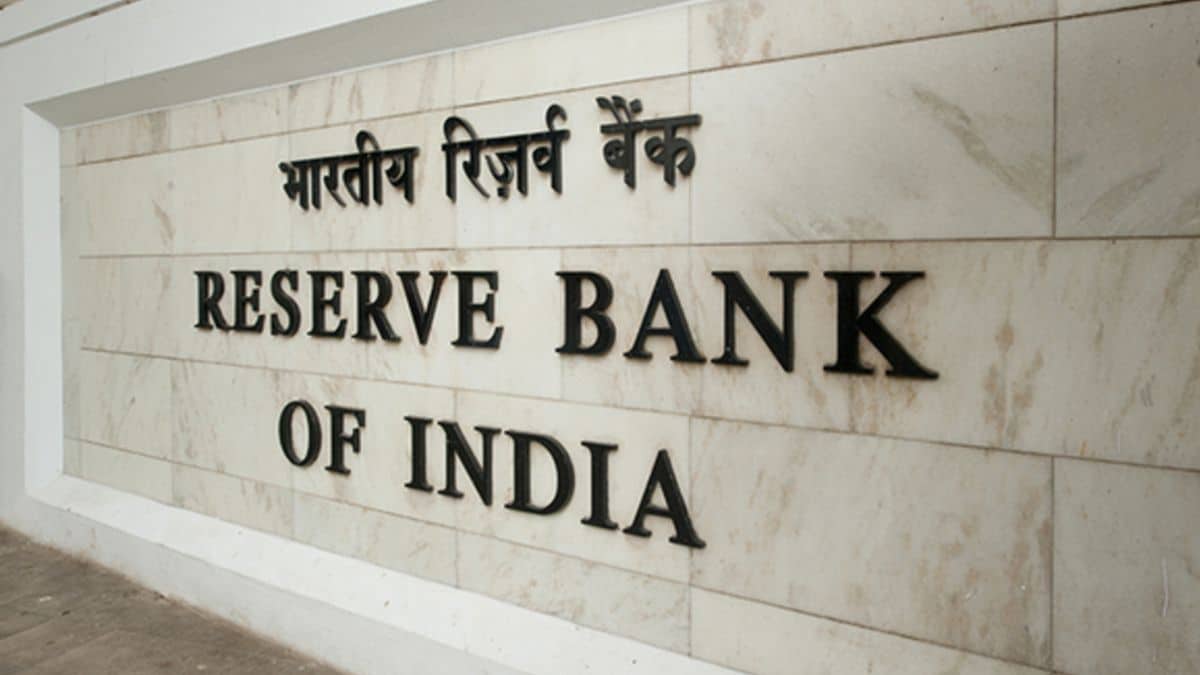The banking system grapples with an expanded liquidity deficit of Rs 3.33 trillion this week, driven primarily by outflows related to Goods and Services Tax (GST). As a result, the cut-off yields on Treasury bills at the recent auction saw increases compared to the previous week. The Reserve Bank of India raised the cut-off yield on the 91-day, 182-day, and 364-day T-bills to 7.02%, 7.19%, and 7.17%, respectively. This adjustment reflects a 5 basis points increase for the 91-day bill and a 2 basis points increase for the 182-day and 364-day bills compared to the previous week.
India Ratings and Research emphasizes the need for the RBI to inject more durable liquidity into the banking system if the current tight liquidity conditions persist. Despite the RBI injecting an average liquidity of Rs 1.8 trillion from December 16, 2023, to January 14, 2024, short-term money market rates remain elevated, impacting the financial system and economic growth. The sustained liquidity pressure stems from the banking system experiencing deficits during the third quarter of the current fiscal year, exacerbated by tax outflows.
V R C Reddy, Head of Treasury at Karur Vysya Bank, attributes the liquidity deficit widening to increased cash circulation during the festival season and GST outflows. He anticipates a potential narrowing of the deficit to around Rs 1.5 trillion with government spending and bond redemption approaching month-end and budget considerations. The central bank’s efforts to address the liquidity challenge include Variable Rate Repo auctions aimed at infusing liquidity into the banking system.


